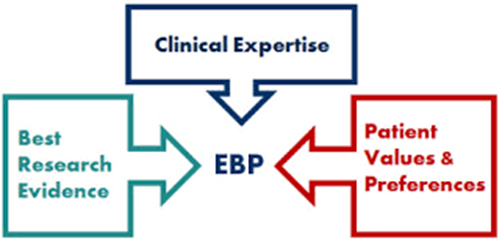In a team meeting, a nurse says, "I'm concerned whether we are behaving ethically by using restraint to prevent one patient from self-mutilation while the care plan for another patient who has also self-mutilated calls for one-on-one supervision." Which ethical principle most clearly applies to this situation?
Fidelity
Beneficence
Autonomy
Justice
The Correct Answer is D
A. Fidelity pertains to faithfulness, loyalty, and keeping promises, which may not directly address the fairness of resource allocation or treatment.
B. Beneficence refers to doing good and promoting the patient's well-being. While it's relevant to patient care, it might not specifically address the fair distribution of resources or actions among different patients.
C. Autonomy emphasizes a patient's right to make decisions about their care and treatment, which doesn't directly address the fairness or justice in the scenario described.
D. Justice concerns the fair and equitable distribution of resources, treatment, and decisions among individuals. In this case, it's about ensuring fairness in the application of care plans and resources for patients who self-mutilate.

Nursing Test Bank
Naxlex Comprehensive Predictor Exams
Related Questions
Correct Answer is B
Explanation
A. Clinical algorithms help in standardizing certain processes but might not specifically integrate evidence-based practice guidelines for evaluating therapy plans.
B. Clinical practice guidelines offer evidence-based recommendations, aiding healthcare providers in decision-making for specific conditions or treatments.
C. While the internet may provide information, it might lack the vetting and credibility of evidence-based practice guidelines provided by reputable sources.
D. Clinical pathways provide a structured approach to care delivery but might not inherently integrate evidence-based practice guidelines unless these are explicitly incorporated into the pathway.

Correct Answer is B
Explanation
A. Using a threat about meals isn't a therapeutic approach to encourage participation and may further distress the client.
B. This response offers assistance while encouraging participation, respecting the client's autonomy by suggesting a balance between activity and rest.
C. Using a direct order may escalate resistance and isn't likely to be helpful.
D. This response doesn't encourage participation and may perpetuate the client's withdrawal.
Whether you are a student looking to ace your exams or a practicing nurse seeking to enhance your expertise , our nursing education contents will empower you with the confidence and competence to make a difference in the lives of patients and become a respected leader in the healthcare field.
Visit Naxlex, invest in your future and unlock endless possibilities with our unparalleled nursing education contents today
Report Wrong Answer on the Current Question
Do you disagree with the answer? If yes, what is your expected answer? Explain.
Kindly be descriptive with the issue you are facing.
